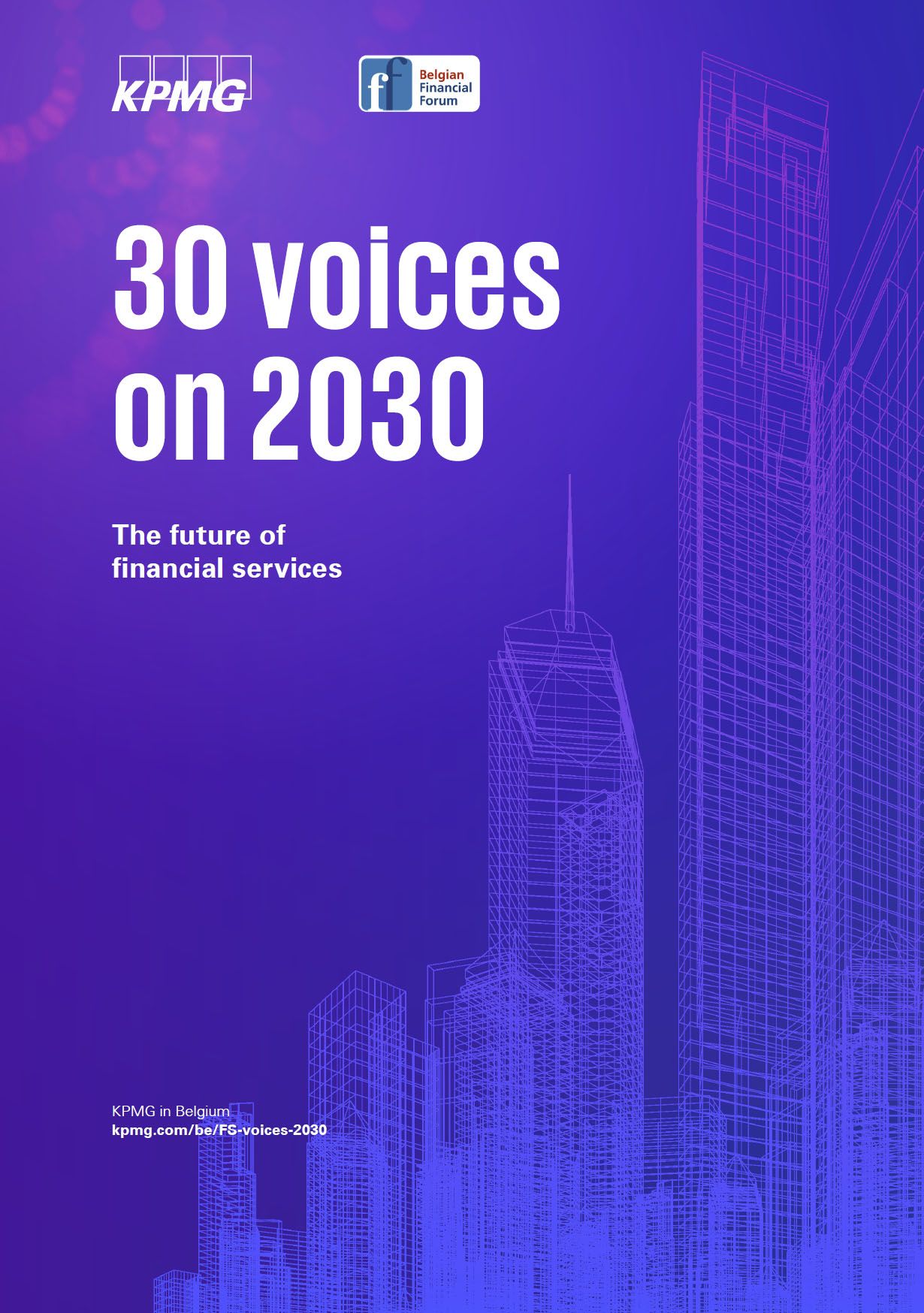In 2030, financial services have become completely intertwined and exist within giant, inter-connected ecosystems. Technology, however, shields users from all the complexity and makes transactions easy, safe, and cheap, says Thierry Chilosi, Chief Strategy Officer at Swift.
Whether it’s a corporation financing its business, an investor purchasing assets or a parent doing the weekly shop, financial services are now more embedded in the end goal of the customer. Indeed, in some areas - and payments is a prime example - finance is completely embedded. They flow seamlessly, instantly, and often invisibly – everywhere. From phones as we shop, from our cars as we pick up the morning coffee, and from refrigerators that automatically re-order the milk. And we are oblivious whether transactions are domestic or international in nature, because the experience is the same no matter where funds are flowing.

Thierry Chilosi
Chief Strategy Officer SWIFT
Indeed, financial services have become ubiquitous, fully embedded and interoperable with digital platforms that are always on, frictionless, instant, and highly convenient. Through digitalization, institutions can now serve segments that were previously underserved, and clients have access to best-of-class services from very different parts of the industry. In the same way that micro-payments have exploded, we now see micro-savings, micro-investing, microinsurance, and micro-lending. And all on a scale that has never been possible before.
Financial services have become ubiquitous, they are everywhere there is a platform

Interconnection
I call this trend “interconnection.” Financial institutions’ business models are now defined by where they sit in the ecosystem. There are models where they directly serve the end customer, and there are models where they play their role in the background.
Some banks are competing for the whole space, but at the same time tailor offerings to specific segments – be it large corporates, SMEs, or individuals. Doing it all for every customer is very difficult, so even global institutions interconnect and partner with other players to better serve end users. This means pricing has become multilayered: there are still individually priced transactions, but we have also seen a rise in subscription models.
The notion of ‘customer’ has changed and become about more than just serving an end client. It’s also about serving an ecosystem.
Some customers are people, some are platforms. Regardless, they all want built-in protection and choice, they all value ownership of their data, and trust is still extremely important.
Key technologies
Three of the key technologies that have made all of this possible are digital IDs, artificial intelligence (AI), and Application Programming Interfaces (APIs).
Our reliance on a super-connected system is only possible when we can identify users with complete confidence. Digital IDs bring security and convenience, but their importance means they need to be well managed.
AI, together with machine learning, reduces friction and creates completely new possibilities. While AI has been democratized, human interaction is still essential. You can’t leave everything to AI-systems – humans monitor learning models to make sure these systems are used ethically and in a non-biased way.
Last, but not least, we’ve seen a big shift towards the sharing of computer power, facilitated by the safe, secure, and easily scalable interconnection of vast amounts of APIs.

In this new environment, scale will be very important

Scale
Another important point: in this new environment, scale is crucial. The world has become highly fragmented and there is a much higher volume of transactions than 10 years before. These transactions are only possible thanks to secure, inter-connected common infrastructures, because there’s not one entity that enables this new model, but several. Global interoperability across geographies, technologies, currencies, and asset types is key and a priority for organizations like Swift.
Standards, too, remain absolutely critical – not just for common understanding but because without them, costs would be unmanageable. And, of course, security, resiliency, and reliability - because infrastructure is much more than a commodity. It is adding real value in enabling and safeguarding the exchange of rich data.
All this means that trust and security have become incredibly important, yet also more difficult to achieve. When providing one service, optimizing your security and gaining trust is, relatively speaking, easy. But when you interconnect several different services and where you must make sure everything is up and running 24/7, trust and security become a lot harder.
One planet
Even in a fragmenting world, we need to understand there’s only one planet. Environmental, Social and Governance criteria will be central to every decision in an interconnected world that needs to understand not just what assets are being exchanged, but their impact on the world. The financial services industry plays a crucial role in not only embedding this information in each transaction, but in helping to standardize it for seamless processing.
While a lot has changed in 2030, some fundamentals remain the same: you store, lend, and move money in a trusted way. Regulators remain critical in ensuring integrity, liquidity and stability of the system. Because, with all the potential that technology brings in enabling huge volumes of transactions, maintaining order remains paramount.
About the interviewee
Thierry Chilosi is Chief Strategy Officer at Swift. He has been with the company for more than fifteen years, and was most recently Chief Executive Officer, Europe. He started his career in robotics at General Electric before moving to the financial sector where he worked in fintech startups and in designing and implementing payment systems. He joined Swift in 2007. Chilosi holds a BS in Mechanical Engineering from The University of Texas at Austin, an MBA from University of Illinois Urbana-Champaign, and followed the program for Leadership Development at Harvard Business School.

30 Voices on 2030: The new reality for financial services
Discover more perspectives from 30 Voices representing the multi-faceted financial services industry.
Download full report ⤓




